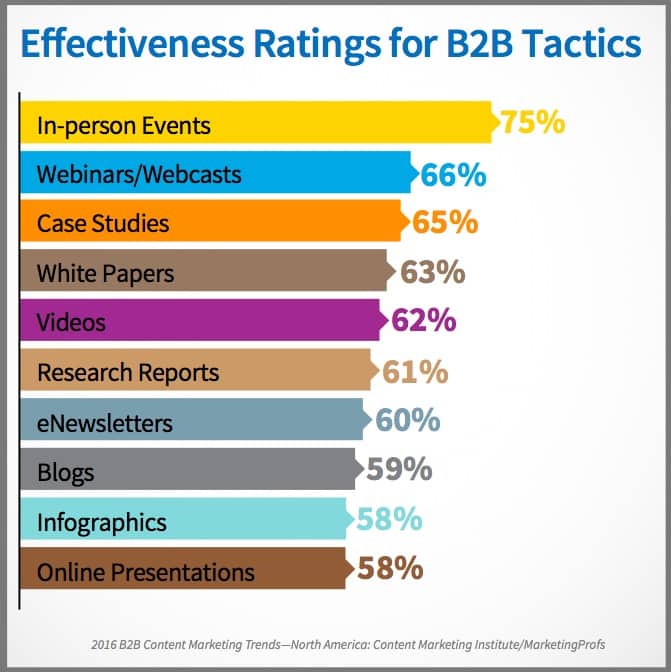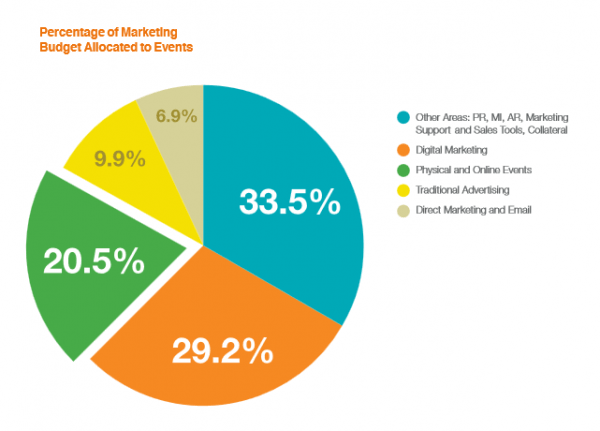ON Advertising is an agency that offers a range of services, one of those being social media. From the curation of posts to the management of platforms, our Social Media Manager does it all; and for an array of clients. Managing social media accounts includes a lot of moving parts and having the ability to multi-task and switch projects at a moment’s notice. You may already feel stressed reading this job description and couldn’t imagine being able to do all of that on top of mentoring our newest team members but thankfully, Michelle, our social media queen can do it all. She found time to sit down with us and chat about her favorite tools that she uses to be the social media star that we are so grateful to have.
ON: So, what are your top favorite tools?
M: Well my top favorites would have to be Buffer, Planoly, Audiense, Trello, Grammarly, G Suite (Google Suite) and it sounds archaic but a simple composition book and pens in an array of colors. I love notebooks and pens.
ON: How do you utilize all of those tools?
M: Well, each tool serves a different purpose but I use all of them together to make my life easier and to keep true to my motto, work smarter not harder.
Buffer allows me to schedule social media posts, on multiple platforms (such as Twitter, LinkedIn, Facebook and Instagram) for multiple clients. It recognizes hashtags and accounts to tag, which is helpful when cross-promoting. My 2 favorite features of Buffer are; it auto posts to all of these platforms, so I can schedule the posts and move on to another client. Secondly, it keeps each of the clients together in one place, which makes it easy to access all accounts at once. Working in social media requires a high level of organization and Buffer really helps with that.
Planoly is a lot like Buffer but it is for scheduling, planning, and auto-posting only to Instagram. I exclusively use this site for ON’s Instagram. I take great pride in the agency’s social media, I need a tool that is dedicated to making our Instagram account the very best. I love the layout and organization of the site. The dashboard offers a whole month calendar view showing the days and times of scheduled posts, while on the other side shows your Instagram feed with posts that are scheduled and unscheduled. If you have a photo you want to use but not sure for what purpose or on what day, you can load it into Planoly until you want to post it. Because I schedule posts so far in advance, being able to see the images and the flow of the feed is super important to me and the ON brand.
Another huge important part of my job is checking and analyzing data. I need to know how the accounts are doing and where we can improve. Facebook’s analytics offer a lot of the details I want and need. Although Instagram and LinkedIn are not as helpful as they could be, they are not too far behind. Twitter is a platform where I feel the amount of data is lacking. That’s where Audiense comes into play. It analyzes our client’s Twitter accounts to see when their audiences are online, the best time to post, behaviors, as well as locations and interests of our demographics. I love the update emails they send. It helps me stay on top of the accounts and keep them in tip-top shape. Social media is always changing and Audiense helps me stay up to date.
Google Suite is a godsend, especially for me and my team. It’s the easiest way to share documents, ideas, photos and anything else we need to get the job done. We store all of our social media posting calendars where we can all access them and use what we need. And of course, I couldn’t live (a bit of an exaggeration but really) without my 5 (yes 5) Google Calendars. I love the option of having multiple calendars under one email, being able to see all the calendar events in one view and being able to color coordinate makes my little OCD heart sing. If I didn’t have G-Suites… well, I don’t want to even imagine my job (and life) without it!
Trello has become a huge part of my working life and now I can’t imagine my day without it. The agency as a whole uses Trello and many of us use it separately. It’s a great help to see what each of us is doing that day and helps gauge the level of businesses one might be. It also is a great way to keep track of tasks that are completed or are still needing to be done. I love that I can check it and see what my team has accomplished and if they can handle more projects or need time to complete their current tasks. Any tool that helps with productivity and organization in a flawless system is aces in my book. Bonus, you can color code tasks!
This one is probably obvious, but Grammarly, of course. I do not dare post a single thing whether it’s a Facebook post or blog post without checking it in Grammarly. Of course, working in this industry you need extremely strong writing skills, Grammarly takes those skills a step up and really acts as a great quality checker. My colleagues and I always check each other’s work, but, Grammarly is always my first stop.
And lastly, a good ol’ composition book and colorful pens. I’m a bit of an old fashion worker when it comes to listing out my tasks for the day. Yes, of course, Trello basically acts as a giant to-do list, but, I love my morning ritual of sitting down at my desk before opening my email, with a fresh cup of coffee and looking at what needs to be done for that day. I list out what tasks I know need to be done, notes about each task and the due date. Then as each task gets completed, I find the pen color of that week and I put a big check mark in the box, making it complete. It’s a ritual and habit I’ve developed since high school when I first discovered the wonder of agendas. It hasn’t left me since and honestly, probably never will.
ON: For those aspiring social media stars what top 3 tools do you suggest?
M: Buffer most definitely, Trello and Grammarly. Buffer will get you started in scheduling posts and they offer a simple analytics tool to get your feet wet in learning what the data means and how to use it. Trello will help you stay organized and keep track of your tasks. It’s basically like a virtual giant cork board with post-it notes pinned to it and the app is awesome for those always on the go *raises hand*. Lastly, Grammarly. They offer free and premium versions; the free version is perfect for those just starting out. The Google Chrome extension is wonderful because it will tell you right then and there what should be changed in whatever format/platform or site you are working in. My preference is using the actual site, then transferring it to wherever, but having options is always a great thing.
There are thousands of tools out there that do the same things as the ones I listed above. The biggest part of rocking the social media world is to find the ones that work the best for you, your clients and your workflow. I can’t begin to even count how many tools I’ve tested before I settled on this magic combination. Find what works best for you and make it happen!
Contact us today to learn more about our social media services!





















